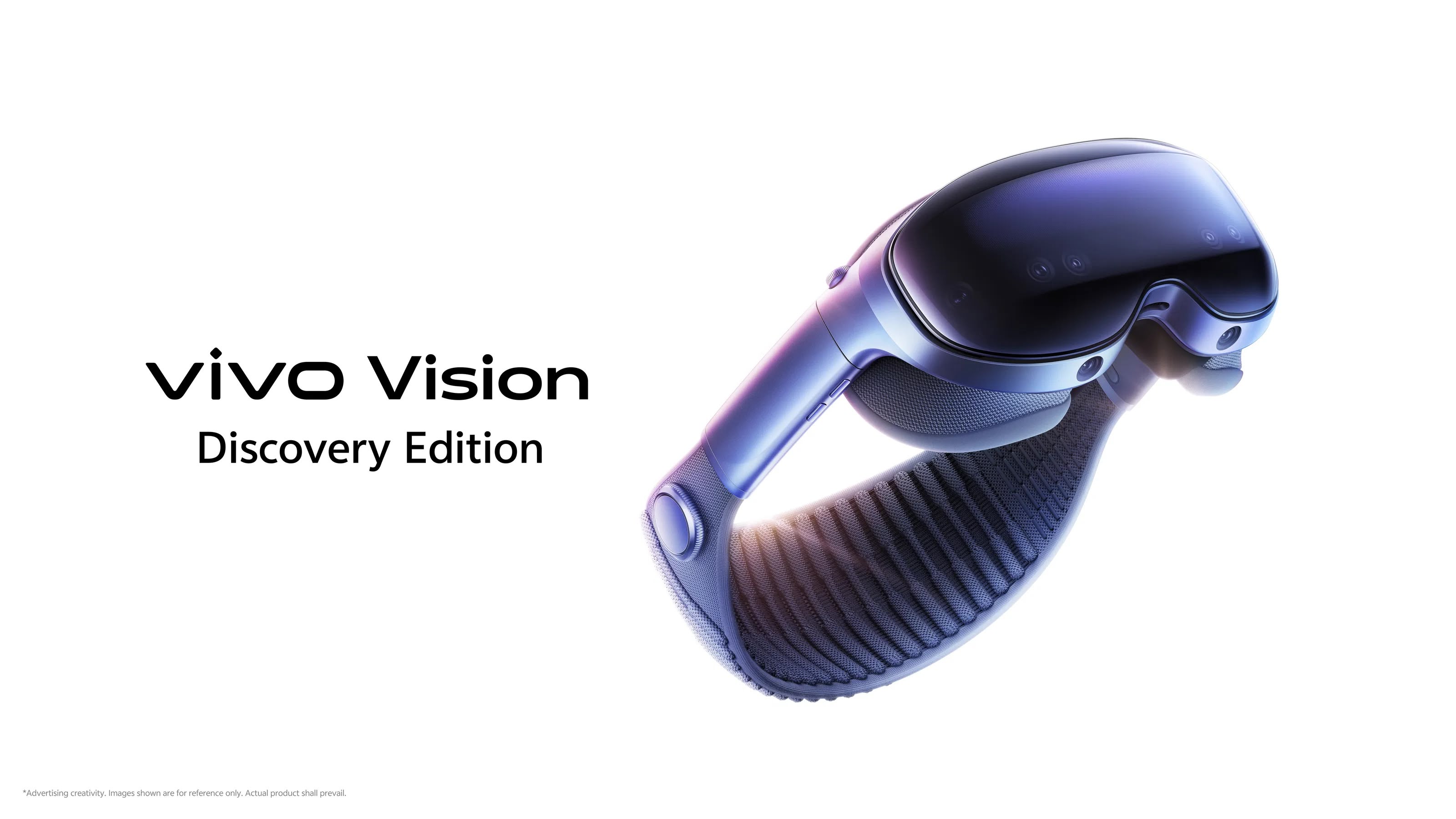
Chinese smartphone maker Vivo on Thursday unveiled its first mixed reality headset, the "Vivo Vision," and the photocopiers in Dongguan appear to have been working overtime.

The device "launched" as an in-store experience across mainland China today, featuring design elements that clearly ape Apple's Vision Pro. It's got a curved glass front visor, downward-pointing cameras, removable fabric light seals in four sizes, eight foam padding options, a knitted rear strap, and an aluminum external battery pack connected via a braided cable. The Vivo Vision "Explorer Edition" even offers support for 1.5-degree eye tracking and 26 degrees depth of field for gesture-based navigation.
To its credit, Vivo's clone has some competitive specifications. The dual 8K micro-LED displays provide 3,840 × 3,552 pixels per eye – slightly higher than the Vision Pro's resolution – and offers 180-degree panoramic field of view. At 398 grams, it's significantly lighter than Apple's 650-gram device. Vivo also claims its headset is 26 percent smaller than the "industry average."
As for software, the headset runs on OriginOS Vision, Vivo's in-house mixed reality operating system, which is said to offer ultra-low latency of just 13ms. As you'd expect, it supports recording 3D videos, spatial photos, and spatial audio. Users can also immerse themselves in a 120-inch cinema screen.
Pricing is expected at around 10,000 yuan (roughly $1,395), which is well below Apple's Vision Pro $3,499 starting price. Pre-orders are now open for the device, although Vivo has yet to confirm availability details, giving Apple plenty of time to consider its legal options.
Joking aside, this isn't the first Chinese Apple knock-off that we've seen by a long stretch, plus there's no indication that Vivo's headset is coming to international markets beyond China. The Vision Pro has sold poorly anyway, so the impact on Apple's bottom line is likely to be minimal.
Apple is currently working on a next-generation version of the Vision Pro with an M5 chip, based on code discovered by MacRumors. The refreshed Vision Pro isn't expected to feature any design changes or hardware updates aside from the new chip, but it could get a new strap that will make it more comfortable to wear for longer periods of time. The Vision Pro 2 with M5 chip could launch as soon as late 2025.
Article Link: Vivo's $1,400 Apple Vision Pro Clone Launches Across China
Last edited:

